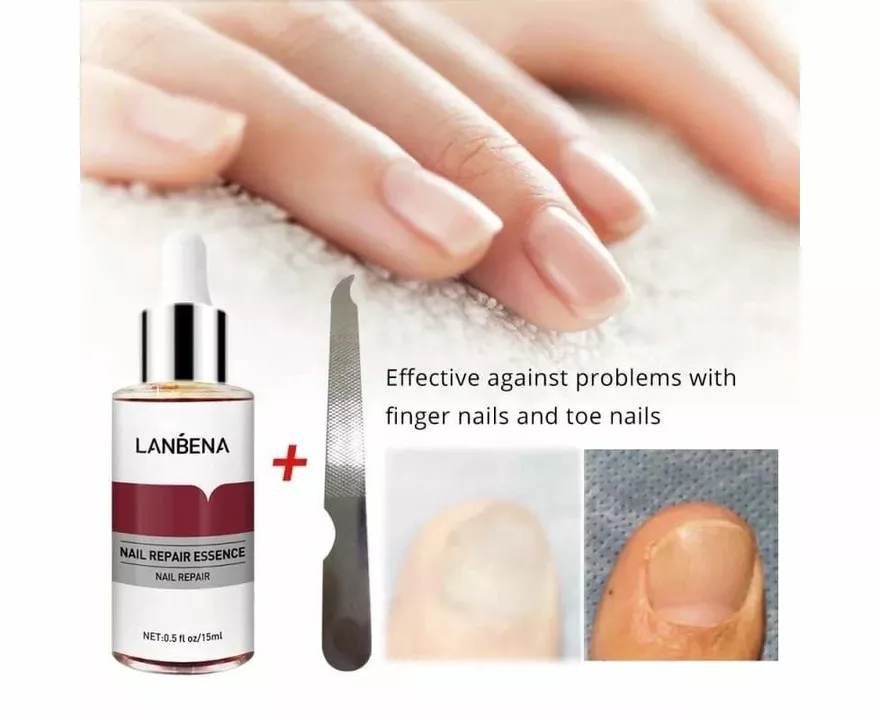Nail fungus: what it looks like and what to do
Have a thick, discolored, or crumbly toenail? That’s often nail fungus (onychomycosis). It starts slowly and can stick around for months if you ignore it. The good news: most cases are manageable with common treatments and small changes to how you care for your feet.
How you get it and common signs
Fungi thrive in warm, damp places. Walking barefoot in locker rooms, wearing tight shoes, or having sweaty feet raises your risk. Other factors: older age, athlete's foot, diabetes, or a weakened immune system. Signs include yellow or brown nails, thickening, brittle edges, and nails that lift from the nail bed. If only one small area is affected, you’ll catch it easier than if the whole nail is damaged.
Diagnosis is usually simple. A doctor may trim a bit of the nail or scrape under it for a lab test. That tells them whether it’s fungal or something else, like psoriasis or trauma.
Practical treatment options
Topical antifungals work best for mild cases. Look for medicated lacquers (ciclopirox) or creams with efinaconazole. Apply exactly as the label or your doctor says. Expect results to take months because nails grow slowly.
Oral antifungals like terbinafine and itraconazole are stronger and clear many stubborn infections. They usually need 6–12 weeks, and your new healthy nail may take 6–12 months to show. These drugs can affect the liver, so doctors often check blood tests before and during treatment. Always tell your clinician about other meds you take.
Laser therapy and nail removal are options when other treatments fail or the infection is painful. Insurance may not cover some of these choices, so ask about costs first.
Home remedies like tea tree oil or vinegar baths can help some people but rarely cure a moderate infection on their own. Use them as add-ons, not replacements for proven antifungals.
Prevention beats treatment. Keep feet dry, change socks daily, use breathable shoes, and pick mildew-free public showers. Trim nails straight across and avoid sharing nail tools. If you get athlete’s foot, treat it fast to stop the fungus from spreading to your nails.
See a doctor sooner if you’re diabetic, have poor circulation, or the nail becomes very painful or swollen. Quick action lowers the chance of long-term damage and speeds recovery.
Small steps—good foot hygiene, early treatment, and following your doctor’s plan—make a big difference. Nail fungus is common, but you don’t have to live with it forever.
Butenafine for Nail Fungus: Is It the Right Treatment for You?
Nail fungus can be a stubborn and frustrating problem to tackle, but recently I've come across a treatment option called Butenafine. This antifungal medication has shown promising results in clearing up nail infections. However, it's important to consider any potential side effects and consult with a healthcare professional before starting any new treatment. For some, Butenafine could be the answer to finally getting rid of that pesky nail fungus. So, if you're tired of dealing with this issue, it might be worth looking into Butenafine as a potential solution.






